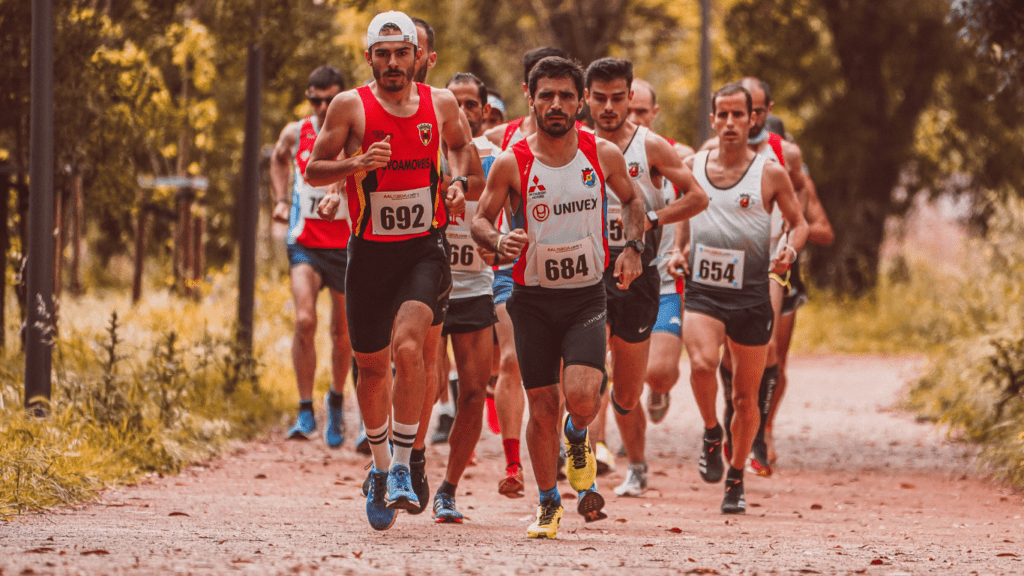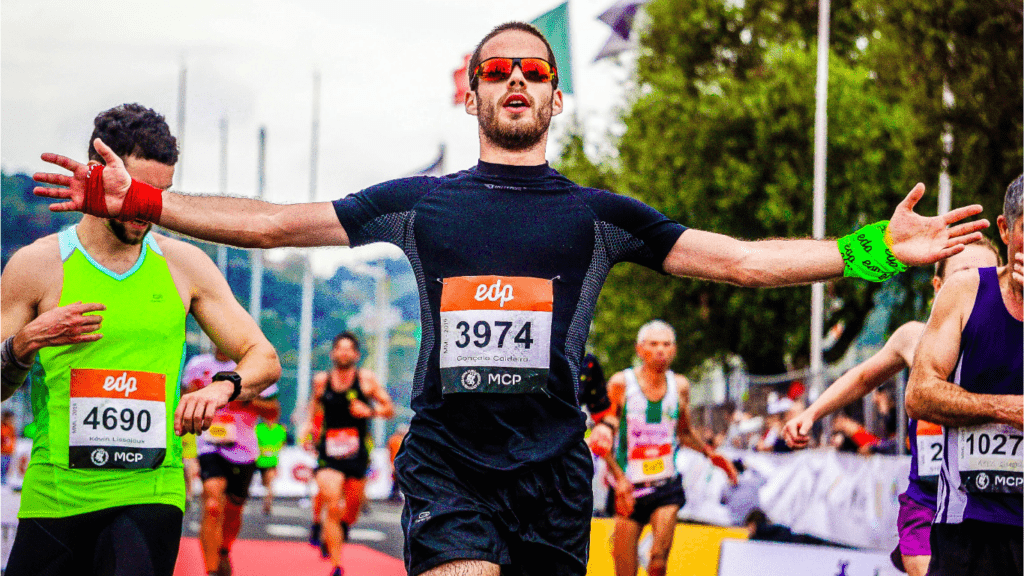Long-distance running isn’t just about endurance—it’s about mastering the art of pacing. I’ve learned that finding and maintaining a consistent speed can be the difference between finishing strong or burning out halfway through. Whether you’re training for a marathon or simply looking to improve your stamina, pacing plays a crucial role in achieving your goals.
Understanding Pacing For Long Distances
- Pacing refers to controlling your speed to maintain consistent performance throughout a run. It plays a critical role in stamina and ensures energy is conserved efficiently. Proper pacing enables runners to avoid early fatigue, complete long distances, and meet performance goals.
- Pacing relies on factors like target race pace, current fitness level, and terrain conditions. A runner performing on a flat course will pace differently compared to hilly terrain. Adjusting speed based on energy levels and external factors ensures sustained performance.
- The concept of “negative splits” highlights pacing importance. Running the second half of a distance faster than the first demonstrates strategic energy use. It prevents exhaustion and results in stronger finishes.
- Monitoring heart rate and pace per mile provides data for effective pacing. Tracking technology, such as GPS watches, allows checking these metrics in real time. For instance, aiming for an average pace of 8 minutes per mile over 10 miles requires maintaining consistency, with minor deviations.
- Recognizing signs of overexertion, like labored breathing or slowing cadence, helps adjust effort before burnout occurs. Combining strategic pacing techniques and awareness maximizes endurance over extended distances.
Importance Of Consistent Speed
Maintaining consistent speed is essential in long-distance running, as it enhances endurance and optimizes overall performance. It supports both physical and mental efficiency, creating a strong foundation for sustained effort.
Benefits For Endurance And Performance
Consistent speed helps preserve energy over extended distances. By avoiding sudden surges or drops in pace, runners can reduce fatigue, which often results from inefficient energy use. For example, maintaining a steady pace enables me to better manage glycogen stores, delaying the onset of exhaustion. It also improves cardiovascular efficiency, ensuring my body can maintain oxygen delivery to muscles at a sustainable rate.
Consistent speed is key for achieving target times during races or training. Race strategies relying on controlled, uniform pacing have shown stronger finishes. For instance, practicing at race pace continuously trains the body to adapt to specific efforts, enhancing both speed tolerance and stamina.
Impact On Mental And Physical Efficiency
A steady pace reduces mental strain by establishing predictability. Since fluctuations in speed create additional cognitive demands, I find constant pacing allows me to focus on form and breath control. This mental clarity significantly contributes to concentration and focus throughout the run.
Physically, consistent pacing minimizes muscle strain. Muscle fatigue increases with abrupt changes in motion, often leading to inefficiency. When I sustain uniform speed, it helps maintain optimal biomechanics, keeping me injury-free. Tools like pacing charts or GPS devices further help me stay on track, enhancing overall training effectiveness.
Key Techniques To Develop Consistent Speed

Developing consistent speed over long distances requires targeted training methods and strategic planning. These techniques build endurance, enhance mental focus, and improve overall performance.
Setting Realistic Goals
I start by setting specific, measurable goals based on my current fitness level. For example, I assess my pace over 5K or 10K distances, then set incremental targets, such as improving by 5-10 seconds per mile over several weeks. Tracking these objectives using tools like GPS watches or running apps helps to monitor progress and maintain focus.
Using Negative Splits
Negative splits are a proven pacing method where the second half of a run is completed faster than the first. I use this by starting at a comfortable pace that conserves energy, then gradually increasing speed. For instance, if running a half marathon, I keep the first 6-7 miles slightly slower than my target race pace before picking up speed in the final miles. Practicing this technique during both training runs and races sharpens my ability to sustain energy efficiently.
Incorporating Interval Training
Interval training involves alternating bursts of high-intensity effort with recovery periods. I include sessions such as 6×400 meters at a fast pace, with 90 seconds of jogging between intervals. This method boosts:
- cardiovascular capacity
- strengthens muscles
- enhances consistent speed over long distances
Running intervals on varied terrains, like hills or track surfaces, further optimizes performance.
Practicing Long Runs With Steady Effort
Long runs at a consistent, moderate pace form the backbone of endurance training. I choose a pace that’s approximately 50-60 seconds slower per mile than my goal race pace. For example, during a 15-mile run, I focus on maintaining even splits and steady effort throughout. These runs improve aerobic capacity, enhance glycogen storage, and build mental resilience for race day. Using tools like heart rate monitors ensures my effort stays within the optimal training zone.
Tools And Technology To Aid Pacing
Using tools and technology enhances pacing by providing data-driven insights and improving consistency. They help monitor effort and maintain target speeds over long distances.
GPS Watches And Tracking Apps
GPS watches and tracking apps measure pace, distance, and time in real-time. Devices like the Garmin Forerunner and apps like Strava offer highly accurate GPS tracking, ensuring feedback on average pace and splits. I use these tools to analyze my runs, identify inconsistencies, and make adjustments. Features such as interval timers and virtual pacers simulate race conditions, aiding precision in pacing practice.
Heart Rate Monitors
Heart rate monitors track exertion levels, helping maintain sustainable effort throughout a run. Chest strap monitors like Polar H10 and wrist-based options like Fitbit Sense provide real-time heart rate data and zone tracking. I rely on these devices to stay in aerobic zones during long runs, conserving energy. Paired with apps, they allow post-run evaluations for refining training efficiency.
Pacing Charts And Calculators
Pacing charts and calculators offer pre-planned strategies for training or races. Tools like McMillan Running Calculator help determine target paces for various distances. I use these to set realistic goals and adapt my runs based on terrain, weather, or performance metrics. Printable pacing bands and charts can also be carried during races to stay on track.



 Founder & Head Performance Strategist
Founder & Head Performance Strategist
